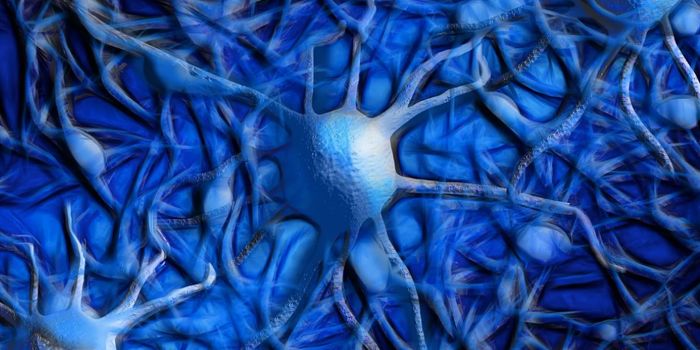Should We Use Epigenetic Tests to Verify Age Claims by Refugees?
Around 70.8 million people have been forcibly displaced worldwide, with 37,000 people forced to leave their homes due to conflict or persecution each day (Médecins du Monde: 2019). Often without any identity documentation, many try to claim asylum in countries such as Germany, the US and Australia. However, as rules are known to be much more lenient for those under 18, some claim to be minors even when they are older. As such, could epigenetic testing be used to determine their real age?
Offered by Zymo Research in Irvine, California, current tests for determining one’s epigenetic age are based upon research by Steve Horvath. From correlating methylation patterns on certain genes with people’s age, Horvath found 353 CpG sites, areas of the genome where methyl groups most often attach, that could predict age regardless of environmental influence. Eventually publishing his findings in October 2013, peer reviews from around the world have proven his findings to be accurate (Gibbs: 2014).
For example, applying it to blood samples collected from 96 Dutch war veterans aged between 18 and 53, Marco Boks from the University Medical Centre Utrecht in the Netherlands found the results to be 99.7% accurate, with a median error of just a few months. Similarly, when researchers at Zymo Research tested the process on 11 men and women aged between 28 and 72, they found a correlation between predicted and actual ages of 98%, with a standard error of just 2.7 years (ibid.).
Despite these positive results however, it is worth noting that the primary use of this technology is not to identify people’s chronological age. Instead, it is to measure discrepancies between one’s biological age and their chronological age to diagnose health issues which can then be better targeted in accordance with other diagnostic tests. Thus, given the sensitive situation in which refugees and asylum seekers are in- often having faced poor nutrition alongside high levels of stress and trauma, it is possible that their results for these tests may be askew from their chronological age, making any results skeptical at best.
Furthermore, despite the high levels of accuracy of this aging test, errors of even just a few months may be enough to unjustly deny asylum to someone who is in fact 17.5 years old, even though their biological age is 18.1. The well-documented outliers with the technology only add to this concern. For example, a study of over 1,000 British 17 year olds born in the 1990’s found that although the test measured their median age to be 17.2, the outliers judged some to be under 4 years old, and others over 30 (Simpkin: 2017). Likely due to either technological errors or undiagnosed illnesses, these outliers demonstrate the risk involved in deciding people’s fate entirely on their epigenetic clock (Abbott: 2018).
To conclude, although epigenetic testing certainly shows some promise in deciphering people’s age, the lack of direct correlation between one’s biological and chronological ages may cause concern when used in human rights settings. Although its usage for medical purposes is likely more clean cut, given the room for inaccuracies, especially in sensitive situations, more work is likely needed to refine the technology before it may be used to determine the fate of refugees and asylum seekers.
Sources
Medecins du Monde: Reliefweb.int
Wayt Gibbs, W.: Nature
Simpkin, AJ et al. : Pub Med
Abbott, Alison: Nature











